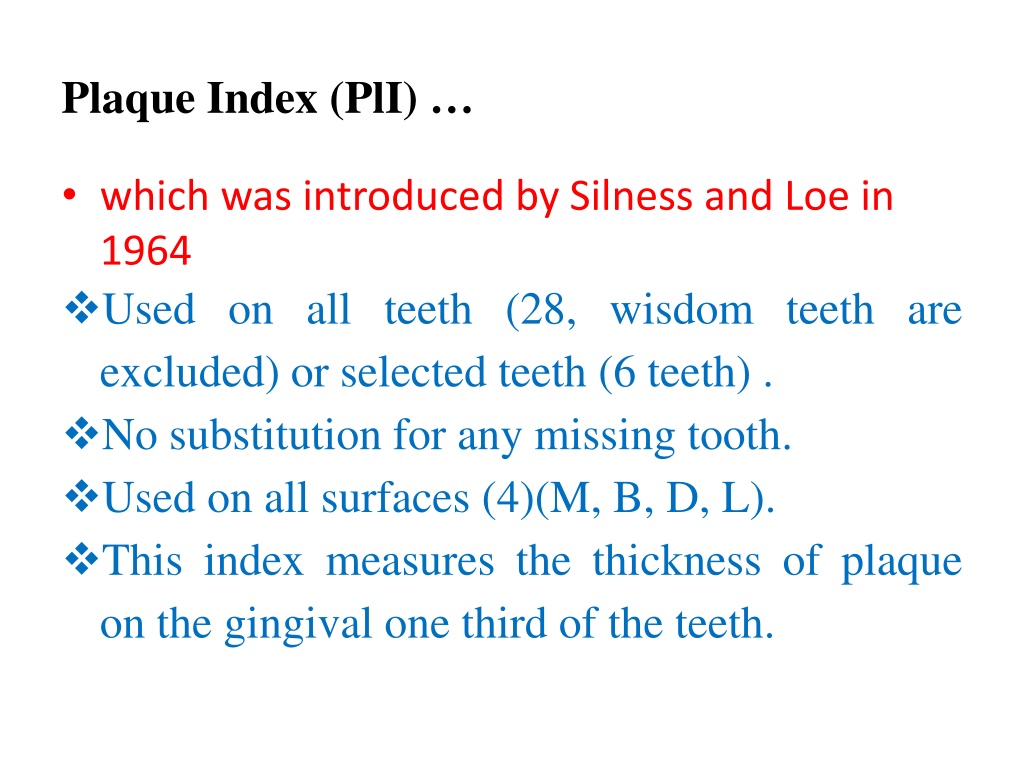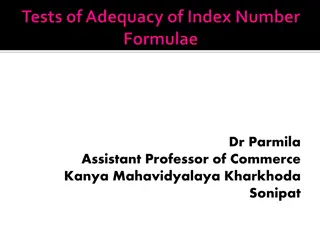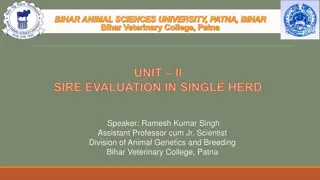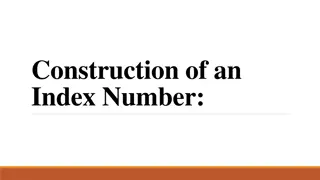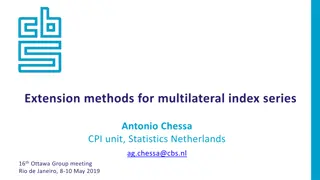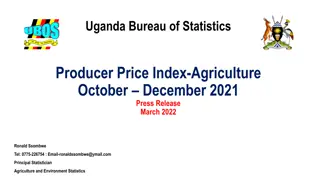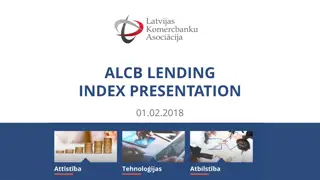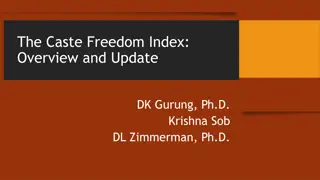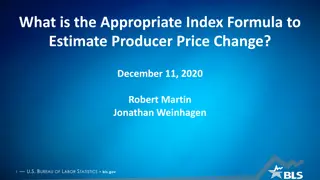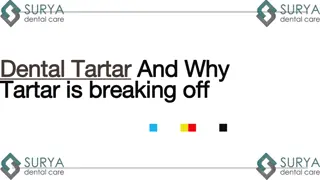Plaque Index (PlI)
A detailed overview of dental health assessment methods including Plaque Index (PlI), Gingival Index (GI), Periodontal Disease Index (PDI), and Community Periodontal Index of Treatment Needs (CPITN). These methods evaluate plaque accumulation, gingival health, calculus presence, and treatment needs. Images and criteria for scoring are included for each index, providing a thorough understanding of periodontal health assessment techniques.
Uploaded on Feb 20, 2025 | 0 Views
Download Presentation

Please find below an Image/Link to download the presentation.
The content on the website is provided AS IS for your information and personal use only. It may not be sold, licensed, or shared on other websites without obtaining consent from the author.If you encounter any issues during the download, it is possible that the publisher has removed the file from their server.
You are allowed to download the files provided on this website for personal or commercial use, subject to the condition that they are used lawfully. All files are the property of their respective owners.
The content on the website is provided AS IS for your information and personal use only. It may not be sold, licensed, or shared on other websites without obtaining consent from the author.
E N D
Presentation Transcript
Plaque Index (PlI) which was introduced by Silness and Loe in 1964 Used on all teeth (28, wisdom teeth are excluded) or selected teeth (6 teeth) . No substitution for any missing tooth. Used on all surfaces (4)(M, B, D, L). This index measures the thickness of plaque on the gingival one third of the teeth.
Score Criteria 0 1 margin and adjacent area of the tooth, which can not be seen with the naked eye. But only by using disclosing solution or by using probe. 2 Moderate accumulation of deposits within the gingival pocket, on the gingival margin and/ or adjacent tooth surface, which can be seen with the naked eye. 3 Abundance of soft matter within the gingival pocket and/or on the tooth and gingival margin. No plaque A film of plaque adhering to the free gingival
Gingival Index (GI).... which was introduced by Loe and Silness in 1963 GI could be used in all teeth or selected teeth. The examination done by blunt probe. Partially erupted teeth, retained roots, teeth with periapical lesion and third molars should be excluded and there is no substitution.
Score Criteria 0 1 slight edema, no bleeding on probing. 2 Moderate inflammation, moderate glazing, redness, bleeding on probing. 3 Severe inflammation, marked redness and hypertrophy, ulceration, tendency to spontaneous bleeding. No inflammation. Mild inflammation, slight change in color,
*Periodontal Disease Index (PDI) which was introduced by Ramfjord in 1959 Calculus component 0Absence of calculus. 1 Supragingival calculus extending only slightly below the free gingival margin (not more than 1 mm). 2 Moderate amount of supragingival and sub gingival calculus or sub gingival calculus alone. 3 An abundance of supra gingival and sub gingival calculus
*Community Periodontal Index of Treatment Needs (CPITN) The mouth is divided into six parts (sextants). The examination done by special probe (WHO probe). The score is identified by examination of specified index teeth or all teeth.
CPI score criteria 0 No periodontal disease. 1 Bleeding on probing. 2 Calculus with plaque seen or felt by probing. 3 Pathological pocket 4 5 mm. 4 Pathological pocket 6 mm or more. x When only 1 tooth or no tooth are present.
TN score criteria 0 No need for treatment. 1 Personal plaque control (Oral hygiene instruction).(1- 4). 2 Professional plaque control (scaling and polishing). (2- 4). 3 Deep scaling , root planning, surgical procedure. (3- 4).
Indices used for dental fluorosis assessment: Dental hypomineralization of tooth enamel produced by the chronic ingestion of excessive amount of fluoride during the period of tooth development. fluorosis: is a hypoplasia or
